deCarbonized #2: Forestry, Stripe offsets and REDD+ MRV
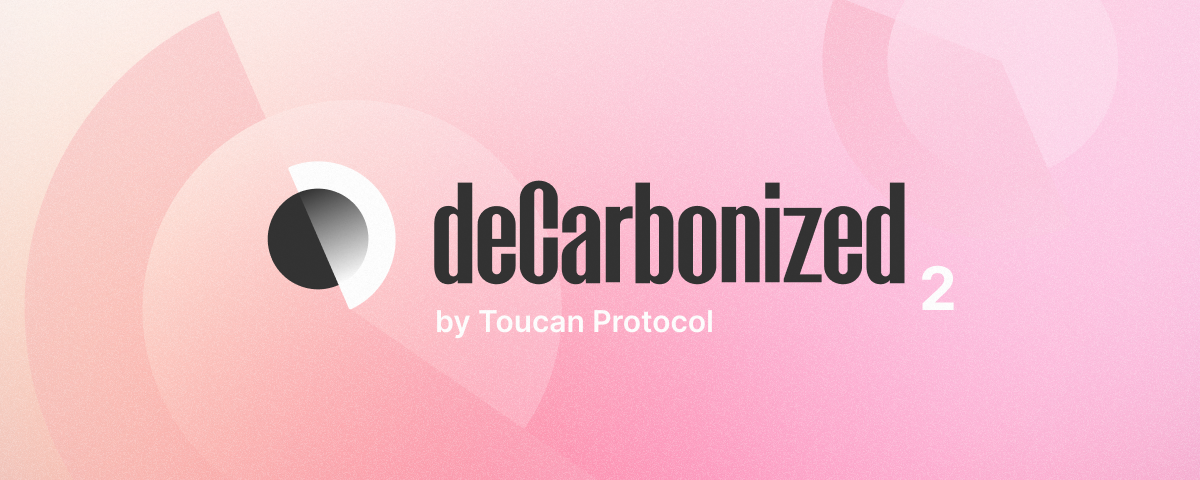
⛓ On-chain weekly carbon stats
Toucan Protocol is building carbon market infrastructure to finance the world's best climate crisis solutions.
- Total Bridged: 1350 tonnes
- Total Retired: 181 tonnes
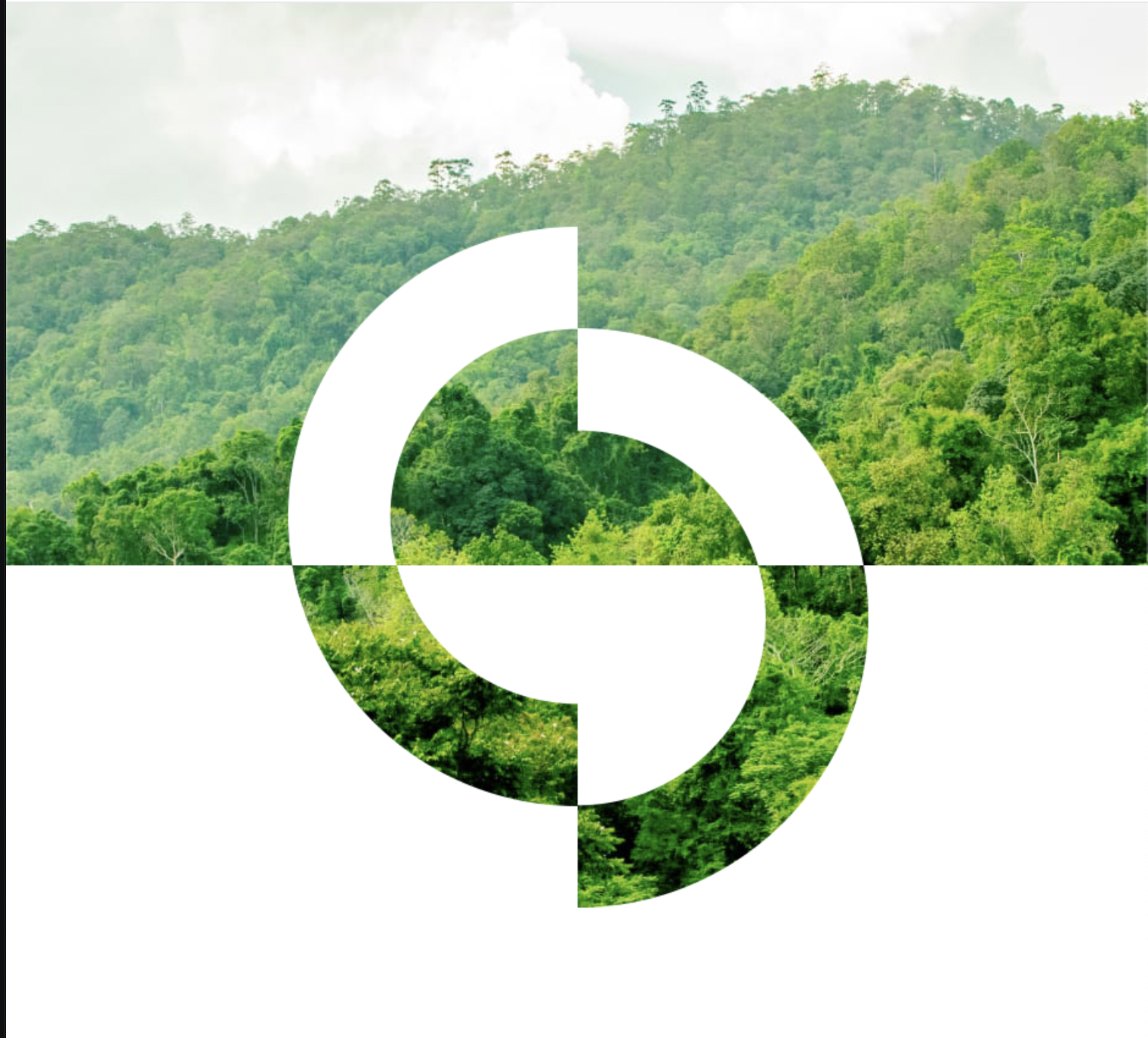
📢 Top news
- Sylvera clinches second raising of $32.6 million to develop offset ratings service
- Carbon dioxide removal likely to see accelerated biochar growth, breakthrough innovation and action-enabling research in 2022
- Not-for-profits draft five recommendations to ensure the European Carbon Border Adjustment Mechanism supports climate efforts
- The KlimaDAO Treasury has locked up over 15 million tons of tokenized carbon – roughly the same as the annual CO2 emissions of Slovenia
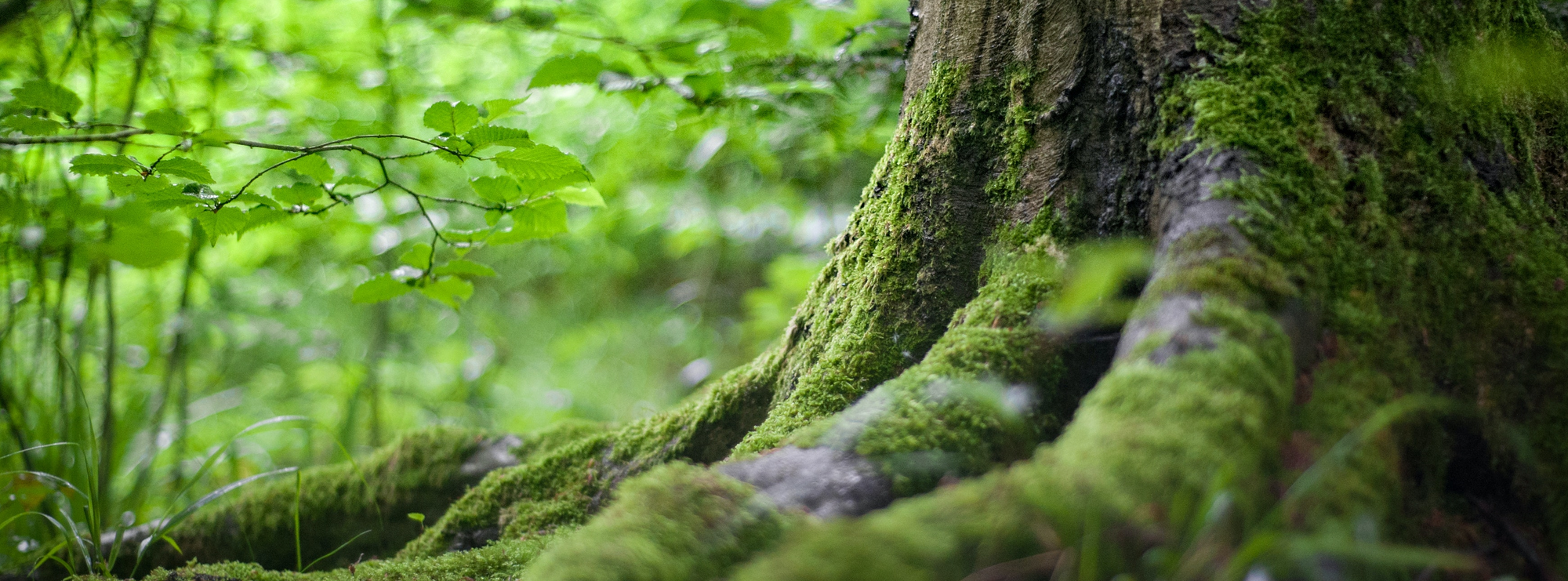
🌟 Featured Carbon Removal Solution
Forestation
What is Forestation?
Forests are responsible for removing nearly 30% of human CO2 emissions annually. They therefore hold great potential to drive purposeful, accelerated carbon dioxide removal (CDR).
It is important to highlight that stopping deforestation is more effective than a reforestation project, as existing ecosystems have reached greater maturity and complexity. They are therefore able to sequester large amounts of carbon and maintain the co-benefits of old-growth forests, such as biodiversity and watershed management.
There are four main types of forestation project used in carbon offsetting:
- Restoration– the replanting of trees on recently deforested land to drive regeneration.
- Afforestation – the establishment of new trees on land where forests have not existed recently, often as monoculture plantations. Some ecologists question the feasibility and utility of these efforts.
- Agroforestry – practices that integrate trees into agricultural systems, alongside crops, livestock, or both.
- Improved forest management – active modification of forestry practices to promote greater forest biomass and carbon storage. i.e., improved tree plantation management.
The risks associated with forestation projects are higher than with other CDR solutions that remove carbon in a specific way for a long time, like mineralization.
There is risk associated with calculating the extent to which a project contributes to additionality, and the extent to which carbon absorption might be reversed. The risk of carbon leakage is particularly high, as any land preserved to store carbon is likely to lead to greater pressure to convert land surrounding areas.
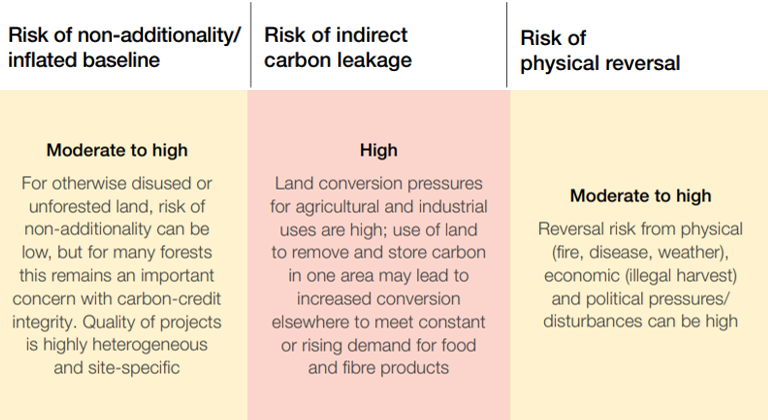
Additionally, it can take up to 100 years for carbon sequestration potential to reach its peak. This requires long term and rigorous measuring, reporting, and validation (MRV) of forestation efforts to ensure this risk is appropriately managed.
Despite these risks however, forestation projects drive sustainability benefits beyond carbon removal, actively contributing to the UN Sustainable Development Goals. Co-benefits include:
- Improved biodiversity and species conservation
- Preserving ecosystem goods and services, like water purification and pollination
- Creating new resources and livelihood opportunities for local and indigenous communities
The Forest Sector SDG Roadmap details how these contribute towards multiple sustainable development goals:


Forestation's potential removal capacity
Globally, the potential for restoration, afforestation and forest management projects has been estimated at 4 -12 giga-tonnes per year.
From 2015 to 2016 (the most recent years for which global data is available), existing projects removed 90 million tonnes of CO2 equivalent per year.
Space Intelligence have developed an excellent map detailing the location of these projects in their Global Overview Of Delivery Of Carbon In Operational Projects (GOOD-COP), available here. The green dots represent tree planting and restoration projects, the purple dots forest protection projects.

The maximum cost of afforestation and reforestation projects has been estimated at $100 a tonne. There is less agreement on the minimum cost, with estimates ranging from $1 to $20 a tonne.
Crucially, most estimates indicate that it will be more costly to restore forests than to preserve existing ones, emphasizing the critical role of reducing deforestation compared to planting new forests.
This data was taken from the excellent CDR Primer resource. Read it in full here.

✨ Innovative forestation projects
- 774 smallholder families in Tanzania are being trained in sustainable agroforestry techniques, using carbon credit payments to offset costs and build climate resilience.
- In Oaxaca, Mexico, Rainforest Alliance certified coffee producers are seeking to quantify the climate benefits of sustainable plantation management to obtain carbon credits.
- In Mathurapur, India, carbon credits provide a new funding mechanism that enables local communities to drive mangrove reforestation and create a diverse wetland environment.
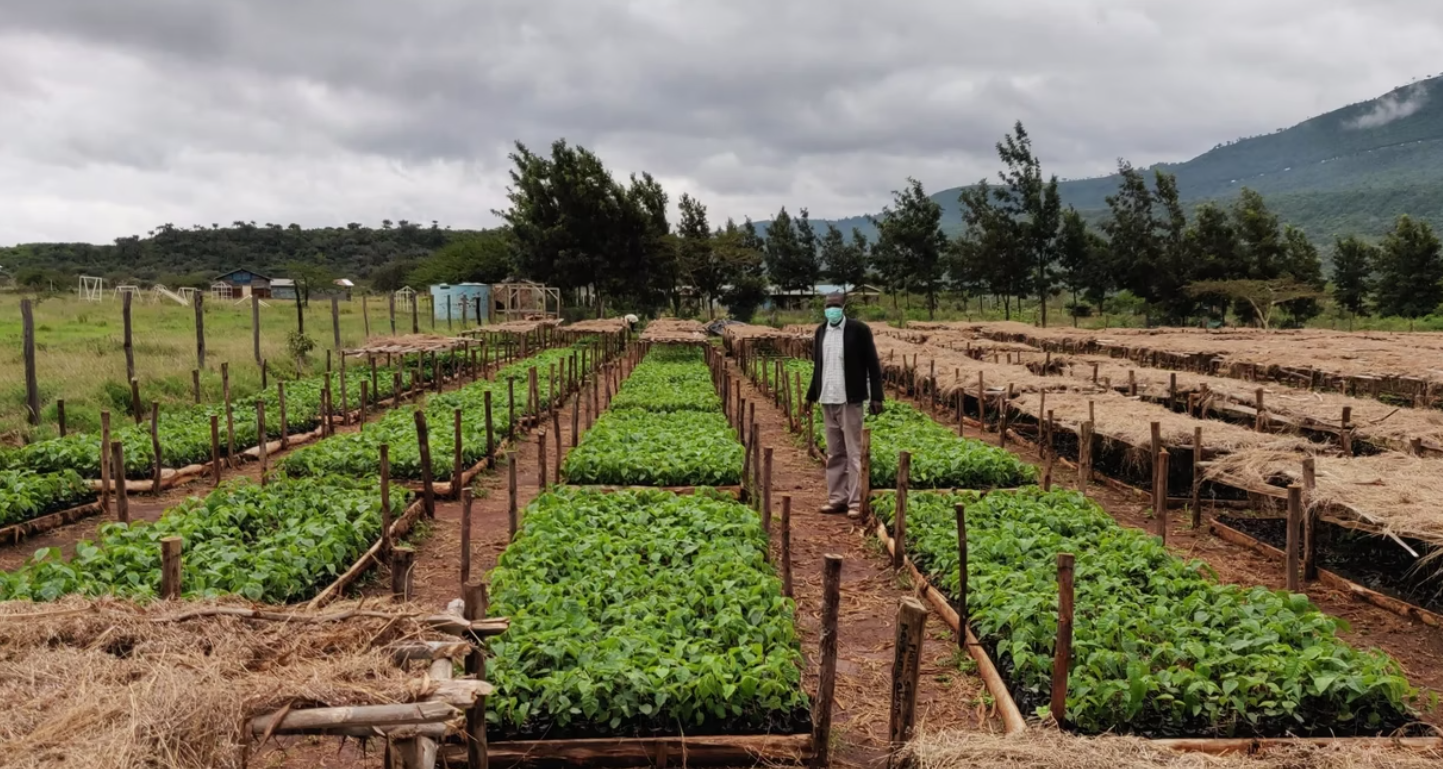
🦋 Successful implementation
The Mau forest region of Kenya has suffered decades of deforestation, driven by increasing agriculture, livestock grazing and charcoal production. This has resulted in widespread degradation of the land, exacerbating drought and damaging local watersheds.
A 7-year project is ongoing in the region, with the aim of reforesting an area of 5700 hectares. 14.25 million trees will be planted across the site by local community members by 2028.
Efforts are led by Eden Reforestation Projects, a not-for-profit that provides fair wage employment to local populations to become ambassadors of forest restoration. Local people are hired to grow, plant and guard trees to maturity on a massive scale, enabling multiple positive socioeconomic and environment impacts to be unlocked.
This project is possible thanks to support from the Ecologi Community.
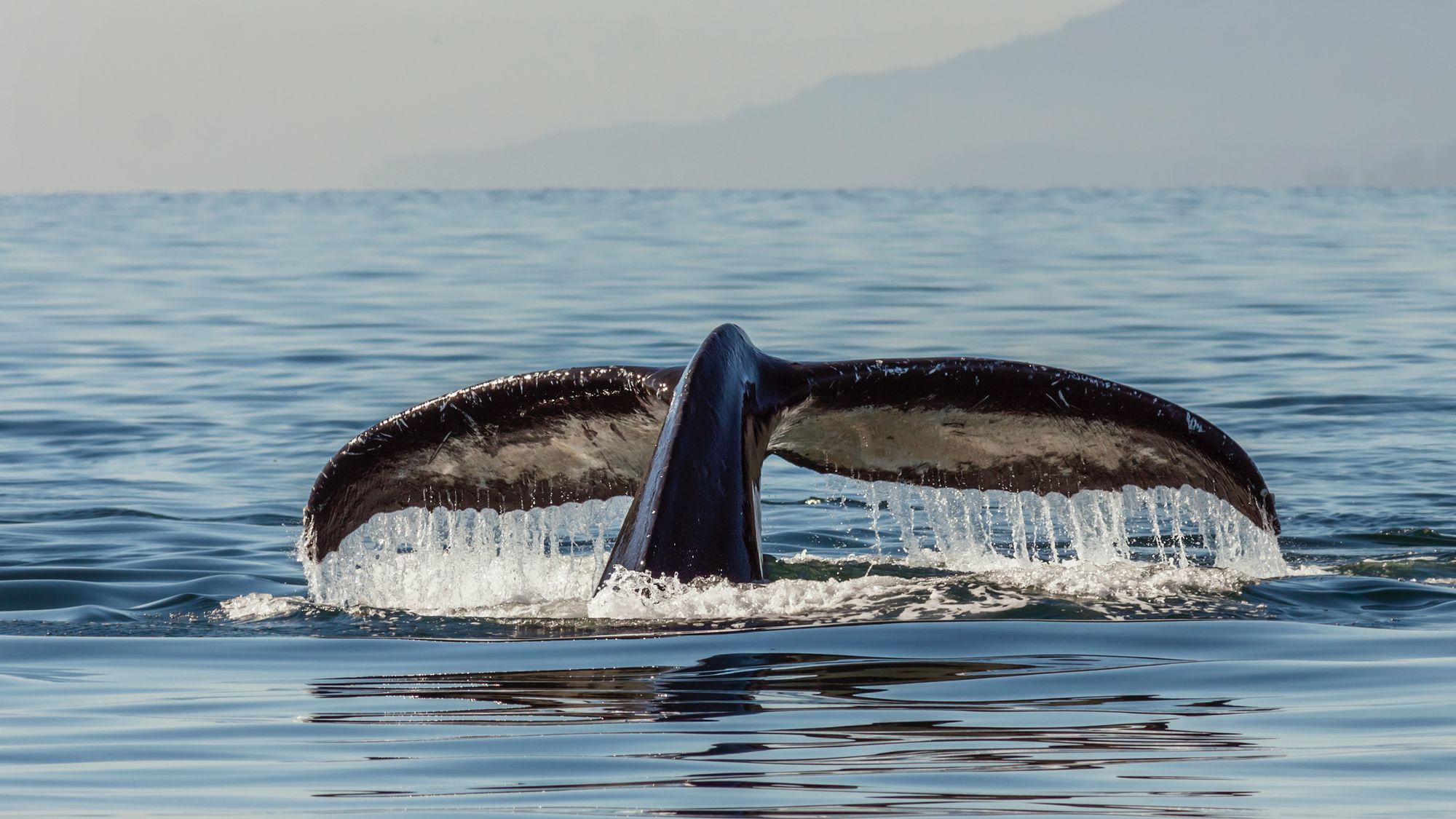
🐳 Offset whales
Stripe 👏
Since 2020, Stripe has spent $3,564,125 on 8608 tonnes of carbon.
- Purchases from 11 different projects include 4 Direct Air Capture (DAC), 3 mineralization, 2 electrochemical, 1 bio-oil and 1 microalgae.
- The most expensive offsets were Heirloom Carbon's DAC based credits, costing $2049 a tonne.
- The cheapest credits were provided by Project Vesta, an ocean mineralization project costing $75 a tonne.
Get more offset stats from this great spreadsheet created by Robert Hoglund.

💼 Jobs board
- Nature Based Solutions Director, BitGreen – US remote
- Carbon Markets Engagement Leader, GE – Frankfurt, Germany
- Chief Commercial Officer, The Future Forest Company – Darlington, UK
- Carbon Markets Lead, Airbnb – California, US
- Carbon Technical Expert, The Nature Conservancy – US remote
🔎 Research in focus
Blockchain can help solve issues of efficiency, transparency and MRV for REDD+ projects, enhancing indigenous benefits
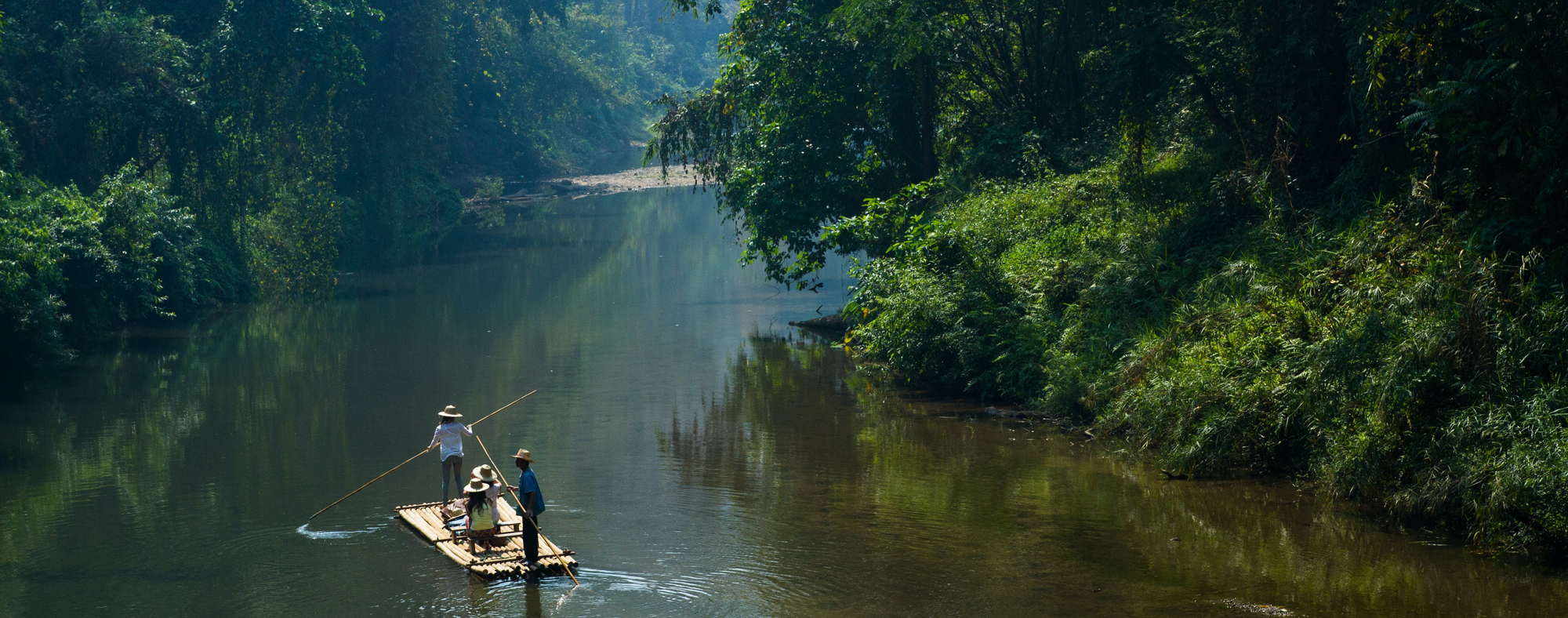
A recent paper by Kotsialou et al. explores the role of blockchain technology in improving forest carbon offsetting.
In 2013, the UN 'Reducing Emissions from Deforestation and Forest Degradation' (REDD+) framework was introduced to reduce emissions from forest degradation and sustain and enhance forest carbon stocks in developing countries.
REDD+ projects now comprise the highest volume of carbon credits available in the voluntary market.
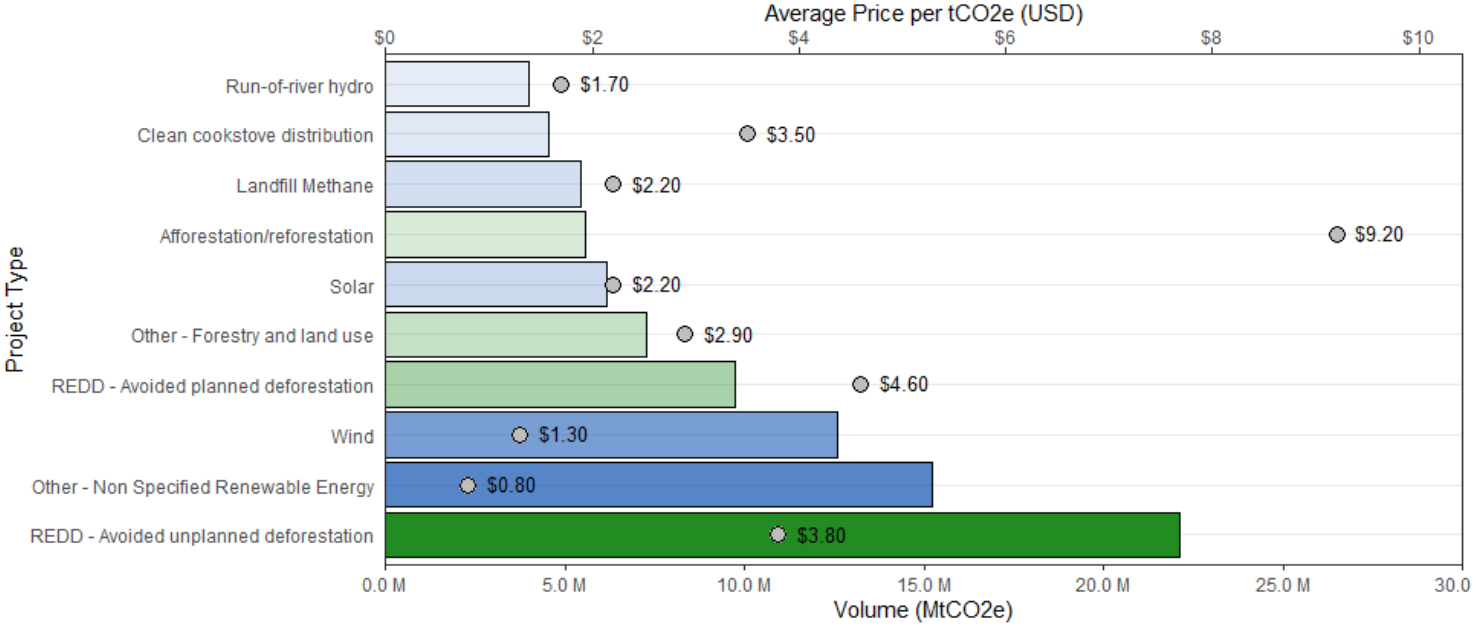
REDD+ projects may be suitable for application of blockchain technology for several reasons:
- Supply chains are filled with intermediaries, causing high transaction costs and a disconnect between the buyer and seller of credits.
- Issuing processes vary between different suppliers, making it difficult to objectively measure the quality of carbon credits circulating in the market.
- The quantity of labour involved in measuring, reporting and verification (MRV) of projects means that forestry projects often cost 3 times more than renewables projects.
Utilizing a decentralized, blockchain-based model can therefore reduce transaction costs, create greater financial transparency and engage local and indigenous communities in conducting MRV. This can then bring complimentary benefits to the development of sustainable products and supply chains.
There are several blockchain-led forestry initiatives already occurring, summarized below:
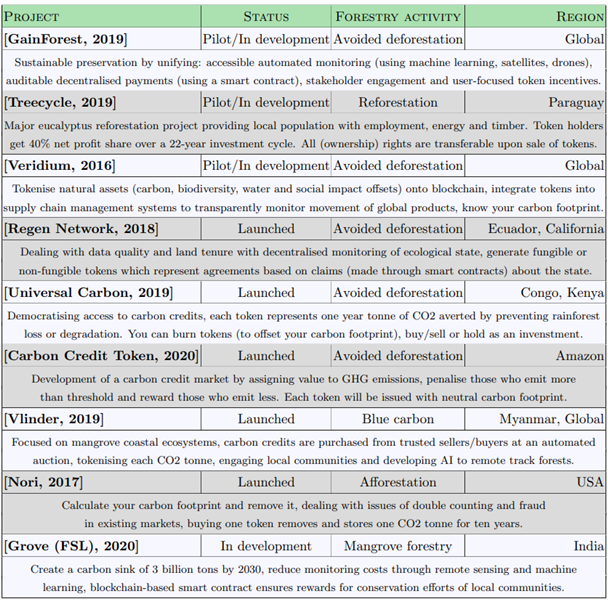
Ongoing evaluation of these projects should occur to build an evidence base for the effectiveness of blockchain technology in REDD+ projects, strengthening recommendations for how it could be applied in the future.
🌍Hot on blockchain

ClimateTrade targets €20 million to expand blockchain-enabled climate marketplace
ClimateTrade are a Spanish-based marketplace that finances certified carbon offsetting and climate-regenerative projects, offsetting almost 2 million tons of CO2 in 2021 alone.
Their first funding round was oversubscribed, receiving interest from over 90 investment funds. According the press release, an initial €7 million was raised by 10 global investors focused on innovative climate and blockchain technologies. They are now targeting an additional €30 million.
This new capital will be used to grow activities in Europe, Asia and the US, expand its technological product offering and hire new talent.
Read more about the ClimateTrade marketplace here.
Thank you so much for reading deCarbonised! 👏
How did you find it? What did we miss? Let us know: hi@toucan.earth
Reach out to us on social and join the community:
Toucan is building the technology to bring the world's supply of carbon credits onto energy-efficient blockchains and turn them into tokens that anyone can use. This paves the way for a more efficient and scalable global carbon market.
Many thanks to Anna, Andi, Alex and Marcel for bringing this newsletter to life! 🙏🏼

